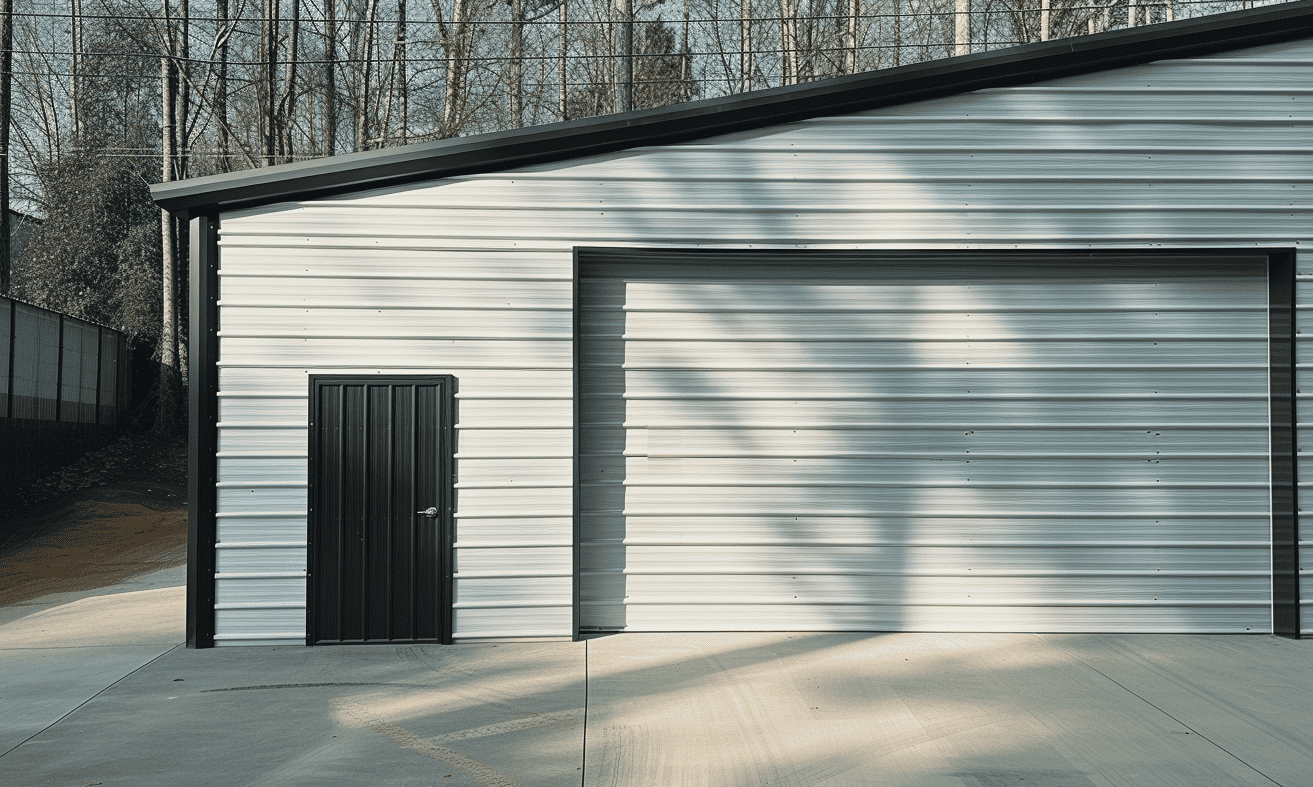In the hustle and bustle of the construction world, there’s a pervasive enemy lurking—a silent invader that can jeopardize your well-being. Dust, fumes, and airborne particles swirl around construction sites, posing respiratory risks that could linger in the lungs like unwelcomed guests. So, what’s the key to unlocking a safer work environment? The answer lies in the diligent use of respiratory protection in construction. This article unpacks the essentials of protecting yourself amid the clamor and chaos of construction environments.
Why Is Respiratory Protection in Construction Crucial?
Respiratory hazards are akin to invisible gremlins that stealthily infiltrate construction sites. These hazards are often undetected by the naked eye, and hence, undervalued until they leave their mark on unsuspecting workers. Prolonged exposure to dust, silica, and chemical fumes can lead to a variety of health issues, from annoying allergies to debilitating chronic conditions or even severe respiratory diseases.
Consider the construction worker who spends countless hours amidst concrete drilling. The fine dust particles may be innocuous to the sight, but they have a sinister ability to weave deep into lung tissues, paving the way for long-term health complications. It’s here that respiratory protection in construction stands as an unwavering sentry, ready to thwart these hazards.
Types of Respiratory Hazards
**Dust and Particles:** Construction activities such as drilling, sanding, and demolition generate a plethora of airborne particulates. These can dominate your breathing space and pose serious respiratory threats.
**Gases and Vapors:** Chemical solvents and adhesives give rise to vapors that are easily inhaled and may inflict damage to lung tissue over time if not properly managed.
**Smoke and Fumes:** Welding and burning processes churn out toxic fumes that could be carcinogenic, squeezing the airways like an unwanted intruder.
With such a diverse assortment of hazards, the role of personal protective equipment (PPE) in construction becomes indispensable.
The Toolbox: Different Types of Respiratory Protection in Construction
Equipping oneself with the right kind of respiratory protection is analogous to selecting the perfect tool for the job. Here’s a breakdown of varied respirators that come to your aid:
– **Disposable Masks:** These are lightweight, inexpensive, and suitable for those working with dust or non-toxic particulates.
– **Half-Face Respirators:** Offering a tighter fit, these protect against hazardous vapors, gases, and dust—ideal for woodworking or chemical application.
– **Full-Face Respirators:** They provide a comprehensive seal, safeguarding both respiratory and eye regions, essential for those in environments rich with fumes or irritating chemicals.
– **Powered Respirators:** Best for tasks involving long-duration exposure to harmful particles as they offer continuous air supply.
Consulting the PPE in construction guidelines can help identify which protective gear suits your unique circumstances.
Understanding Confined Space Safety in Construction
In the maze-like structure of a construction site, confined spaces pose unique challenges. These pockets of air can concentrate hazardous substances, escalating the seriousness of the threat. Therefore, special care must be taken to understand confined space safety in construction. Using respiratory protection in these settings is not just a recommendation—it is a mandate to maintain your safety and well-being.
The Role of Regulations and Standards
It’s not enough to simply be aware of these hazards. Construction sites need a watchful guardian—the Canadian Construction Association. It acts as a custodian, setting benchmarks for maintaining safety standards. The Canadian Construction Association – Respiratory Protection in Construction guidelines are non-negotiable for ensuring well-rounded protection against respiratory risks.

Safeguarding the space or navigating your way amidst these frameworks could equate to steering clear from a storm, ensuring the journey continues smoothly onward.
Best Practices for Respiratory Protection in Construction
Crossing a tightrope requires one to follow a strategic approach. Similarly, safeguarding oneself on a construction site demands adherence to best practices for optimal respiratory protection.
Implement a Well-Defined Respiratory Protection Program
A solid respiratory protection program is your safety net. This program identifies respiratory hazards, evaluates risks, and prescribes suitable protection methods and equipment. It should include ongoing education and periodic evaluation of the program’s effectiveness to ensure it meets evolving safety standards.
Training and Education
No one enters the field as an expert. Workers should receive training on how to properly wear, maintain, and care for their respiratory protective equipment. Imagine trying to battle a storm without understanding the constraints of your shield. Training is the key to enhanced awareness and preparedness.
Health Monitoring and Medical Evaluations
Prioritizing the health of workers is non-negotiable. Regular health assessments and medical evaluations ensure workers are physically fit to use different types of respiratory protection. These evaluations become the compass guiding workers through potential health challenges.
The Role of Your Building Team
Navigating this complex journey need not be a solitary endeavor. Partnering with trusted allies like Your Building Team ensures comprehensive support, from risk assessment to providing Services that cater to your individual needs.
Conclusion
The construction industry’s landscape is an ever-evolving tapestry of innovation and challenge. While the routine cacophony of noise and activity is embraced, it’s crucial not to neglect the silent hazards. Embracing respiratory protection in construction not only elevates safety standards but becomes synonymous with valuing life—the most priceless asset of every worker.
Therefore, arming workers with appropriate respiratory protection options and educating them about best practices is not an expense but an investment toward a safer, more secure future. Remember, it’s not just about surviving the workday; it’s about safeguarding the tomorrows.










